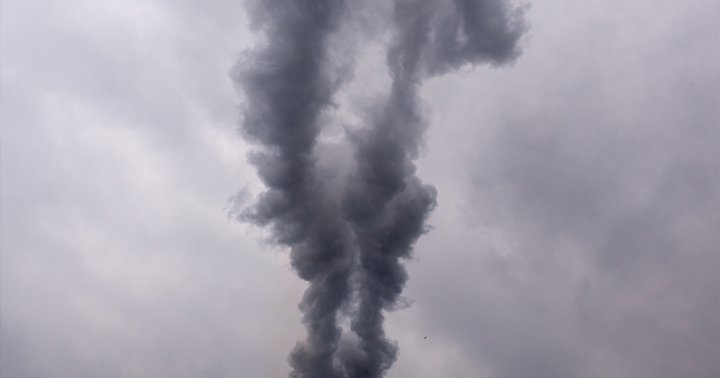Air Pollution Is Affecting Your Ability To Make This Vitamin, Research Reveals

While the latest study published in Scientific Reports isn’t the first of its kind, it does provide additional information on how specific pollutants may affect vitamin D absorption in a particular geography and population (in this case, Kuwait). In the study, researchers reviewed four years of weather data in Kuwait to investigate the association of various pollutants with UVB intensity on the ground. They found a distinct correlation between increased air pollutants and decreased UVB intensity—particularly ozone, sulfur dioxide, nitric oxide, benzene and ethyl-benzene.
Benzene and nitric oxide levels were found to be higher in the morning and evening hours, which is when sun exposure is highest in the region due to high midday temperatures. The decreased UVB levels (i.e., less sunshine hitting the skin) during these times could be a key factor explaining why vitamin D deficiencies are so prevalent in Kuwait, where only 20% of adults and 4% of adolescents have sufficient levels of vitamin D despite the use of fortified foods (which contain very modest vitamin D content, in Kuwait and the U.S., mind you).
This article was originally published by mindbodygreen.com. Read the original article here.




